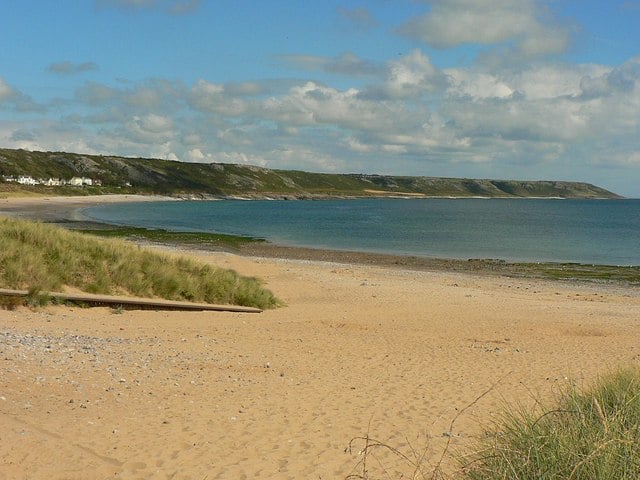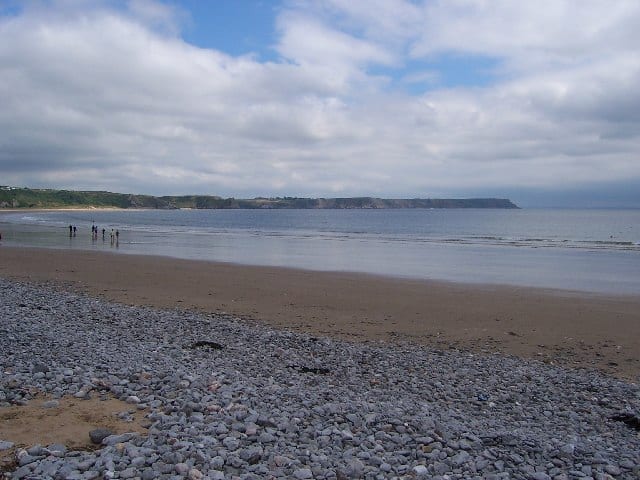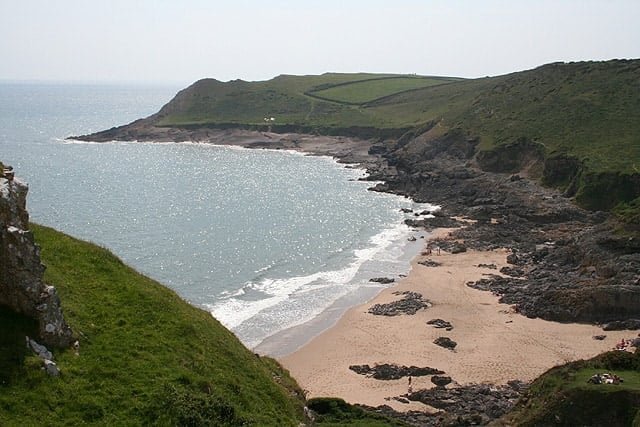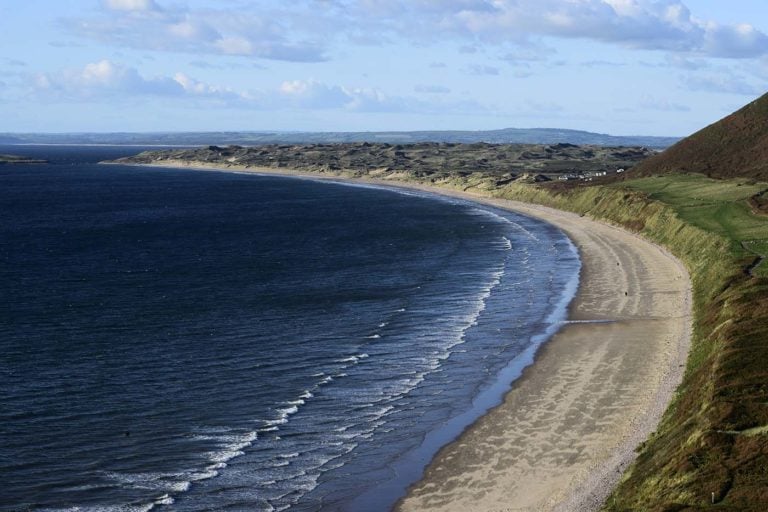If you want more information on the area visit our local Port Eynon Destination page or our regional Swansea Bay And The Gower Destination page.
Getting to Culver Hole
Culver Hole 7 Day Weather Forecast
Today

Expect a temp in the range 11℃ to 11.4℃ with wind speed 3.6 m/sec (NNW)

Expect a temp in the range 11℃ to 11.4℃ with wind speed 3.6 m/sec (NNW)
Thursday, Apr 25

Expect a temp in the range 6℃ to 7℃ with wind speed 4.9 m/sec (NNW)

Expect a temp in the range 6℃ to 7℃ with wind speed 4.9 m/sec (NNW)
Friday, Apr 26

Expect a temp in the range 6℃ to 6.9℃ with wind speed 4.8 m/sec (NNE)

Expect a temp in the range 6℃ to 6.9℃ with wind speed 4.8 m/sec (NNE)
Saturday, Apr 27

Expect a temp in the range 6.6℃ to 8.1℃ with wind speed 6.8 m/sec (ENE)

Expect a temp in the range 6.6℃ to 8.1℃ with wind speed 6.8 m/sec (ENE)
Sunday, Apr 28

Expect a temp in the range 7.6℃ to 8.1℃ with wind speed 7 m/sec (N)
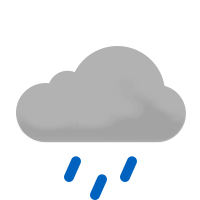
Expect a temp in the range 7.6℃ to 8.1℃ with wind speed 7 m/sec (N)
Monday, Apr 29

Expect a temp in the range 9.4℃ to 10℃ with wind speed 5.4 m/sec (WSW)

Expect a temp in the range 9.4℃ to 10℃ with wind speed 5.4 m/sec (WSW)
Tuesday, Apr 30

Expect a temp in the range 9℃ to 9.7℃ with wind speed 6 m/sec (SSE)

Expect a temp in the range 9℃ to 9.7℃ with wind speed 6 m/sec (SSE)
Our Port Eynon weather forecast is from Yr, delivered by the Norwegian Meteorological Institute and NRK
Other Attractions...
While visiting Culver Hole, take the opportunity to explore other attractions in the area.
At Coast Radar, we try and keep our details up to date, but unfortunately, we sometimes don't keep up. If you see a problem with this entry or think we have missed something, please use the report button below to let us know of the problem.

